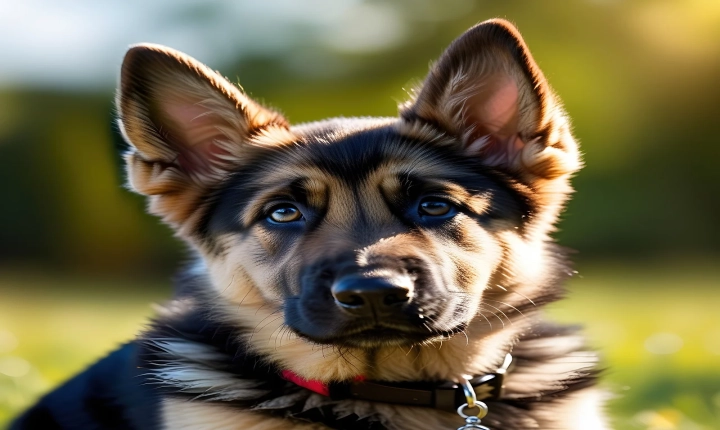Artificial Intelligence (AI) has made significant strides in the field of art in recent years, with AI artists creating stunning and compelling works that challenge traditional notions of creativity and artistic expression. But how exactly do AI artists work? In this article, we will explore the process of AI art creation and the impact it is having on the art world.
At the core of AI art creation is a technique known as generative adversarial networks (GANs). GANs are a type of AI model that consists of two neural networks – a generator and a discriminator – that work together to create new, original pieces of art. The generator network creates new images, while the discriminator network evaluates these images and provides feedback to the generator. Over time, the generator learns to create more realistic and compelling images, while the discriminator becomes better at detecting fake images. This iterative process results in the AI generating increasingly realistic and stunning art pieces.
One of the key advantages of AI artists is their ability to explore vast amounts of data and artistic styles, potentially combining and reinterpreting them in new and innovative ways. By training on a diverse range of artistic styles and techniques, AI artists are capable of producing artworks that push the boundaries of what is conventionally considered possible or even imaginable.
Additionally, AI artists can also work collaboratively with human artists, analyzing and learning from their style and creating pieces that blend human and AI creativity. This collaboration has the potential to enhance the creative process and produce unique, boundary-pushing art that combines the strengths of both human and artificial intelligence.
The impact of AI artists on the art world is significant. They are challenging the established notions of creativity and artistic expression, prompting discussions about authorship and originality. Some argue that the work of AI artists lacks the emotional depth and intentionality of human-created art, while others see it as a new form of creative expression that reflects the capabilities and limitations of AI. Regardless of the viewpoints, AI art is undeniably sparking important conversations about the nature of creativity and the role of technology in the creative process.
Furthermore, AI artists are also raising questions about the future of the art world, particularly regarding the potential disruption of traditional art markets and the redefinition of the artist’s role. As AI-generated art gains recognition and popularity, it brings into focus the ethical and legal implications of owning and profiting from AI-created works.
In conclusion, AI artists are making a significant impact on the art world, challenging traditional concepts of creativity and artistic expression. Through the use of generative adversarial networks and collaboration with human artists, AI artists are creating stunning and compelling works that push the boundaries of what is considered possible in art. As the capabilities of AI continue to evolve, the role of AI artists and their impact on the art world will undoubtedly continue to be a topic of great interest and discussion.
